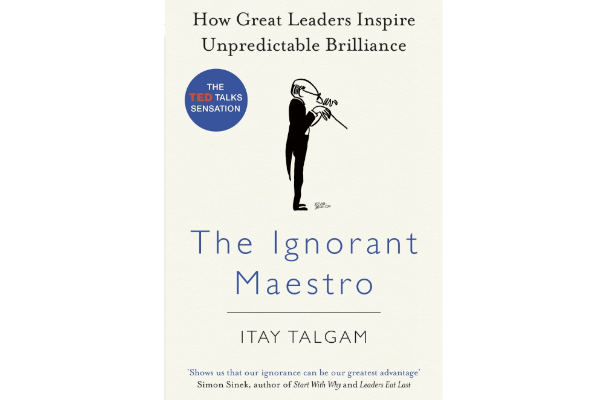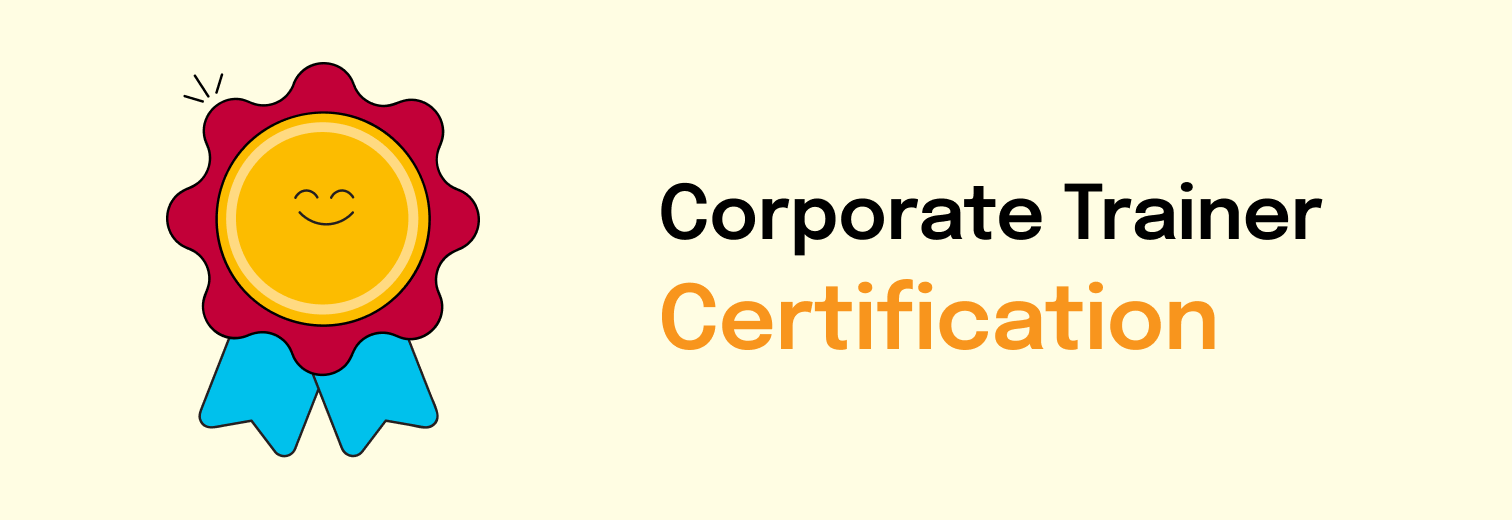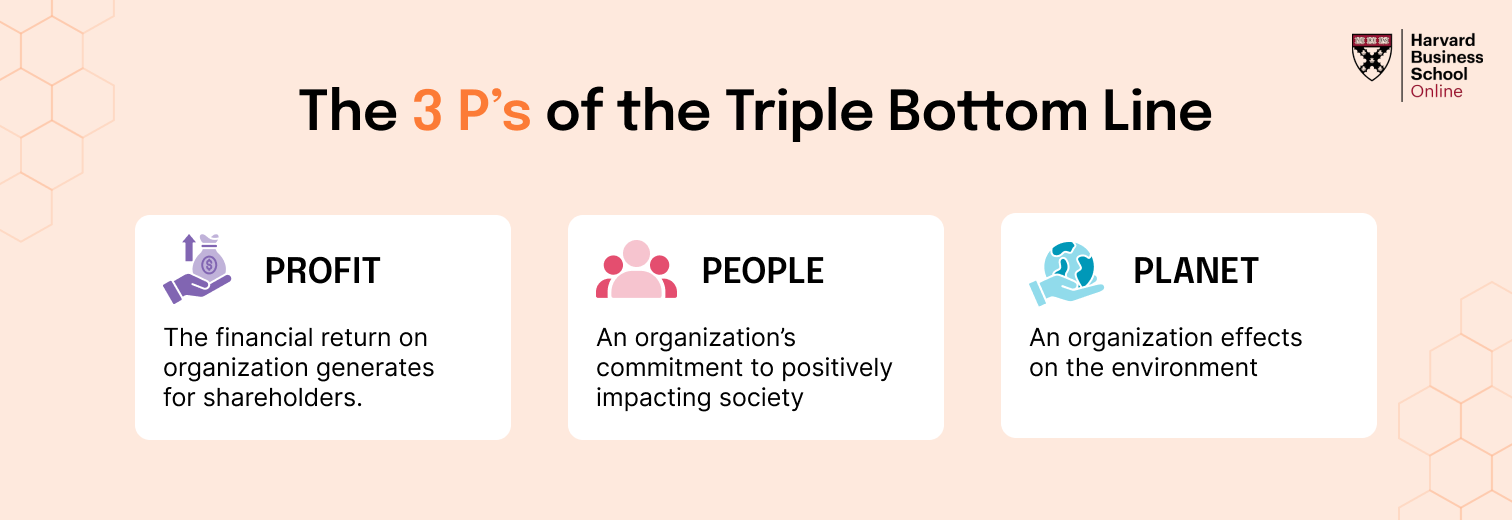I remember sitting in a leadership workshop early in my career, listening to a charismatic speaker talk about the great leaders of history. He spoke of their innate confidence, their natural charm, their seemingly effortless ability to inspire. I left that day feeling a mix of awe and discouragement. “I’m not like that,” I thought to myself. “I guess I’m just not a born leader.”
For decades, the world has been locked in a timeless debate: Are leaders born, or are they made? We all know someone who seems to fit the “born leader” mold. They’re the ones who naturally take charge, who command a room without even trying. But I’m here to tell you that this is one of the most persistent and damaging myths in the world of leadership. The truth is, leadership isn’t a mystical quality you’re born with. It’s a skill you build, a journey you undertake, a choice you make every single day.
While some individuals may have a head start with certain personality traits like charisma or confidence, the vast majority of what makes a leader truly effective is developed intentionally. With the right mindset, the right experiences, and the right guidance, anyone can grow into an effective leader. This isn’t just my opinion; it’s a fact backed by extensive research. The Center for Creative Leadership, for instance, estimates that only about 24 percent of leadership ability can be attributed to genetics. The rest, a whopping 76 percent, comes from experience, environment, and deliberate development.
So, if leaders are made, how do we make them? This is the question that has driven my work and my passion for years. This in depth guide is my attempt to answer that question, to provide a roadmap for anyone who wants to grow their own leadership potential or help others develop theirs. It’s a journey I’ve been on myself, and one that I believe is accessible to everyone.
Are Leaders Born or Made? What the Research Says
Table of Contents
Let’s start with the facts, because the evidence is overwhelmingly clear. Research published in the esteemed Leadership Quarterly confirms that leadership behavior is shaped more by learning and context than by innate personality traits. Think about that for a moment. It means that your ability to lead is not limited by your personality. It’s not something that’s set in stone. It’s a dynamic, evolving skillset that can be learned and earned over time through real world practice, reflection, and a commitment to growth. This is fantastic news, because it means that your leadership potential is limitless. It means that you have the power to become the leader you aspire to be.
ALSO READ: Are Leaders Born Or Made?
1. Leadership Begins with Self Awareness
I’ve learned that the most fundamental and foundational quality of a strong leader is self awareness. You cannot lead others effectively if you don’t first know yourself. Leaders who have a deep understanding of their strengths, their limitations, their communication styles, and their emotional responses are better equipped to make thoughtful decisions, handle conflict with grace, and inspire others to follow them.
Self awareness is also the cornerstone of emotional intelligence, which has been proven to be a key predictor of leadership success. When you are self aware, you can manage your own emotions and understand the emotions of others. This enables you to build stronger relationships, communicate more effectively, and create a more positive and productive work environment.
How to develop self awareness:
- Take personality assessments: Tools like DISC, MBTI, or StrengthsFinder can provide you with valuable insights into your personality and how you interact with others.
- Request 360 degree feedback: Ask your peers, your manager, and your team members for their honest feedback on your leadership style. This can be a humbling but incredibly valuable experience.
- Work with a coach or journal regularly: A coach can help you to identify your blind spots and to develop a plan for growth. Journaling can also be a powerful tool for self reflection.
- Track your emotional triggers and patterns: Pay attention to the situations and people that trigger strong emotional responses in you. This can help you to understand your emotional patterns and to develop strategies for managing them more effectively.
I’m reminded of Satya Nadella, the CEO of Microsoft, who often speaks about how developing empathy and emotional intelligence, not just his technical skills, transformed his leadership approach. These were not traits he was born with; they were skills he cultivated over time. His journey is a powerful testament to the fact that self awareness is a skill that can be learned and that it can have a profound impact on a leader’s effectiveness.
Also Read: 10 Essential Leadership Qualities
2. Experience is the Ultimate Leadership Teacher
While training and theory can provide a solid foundation, the real development of a leader happens in the trenches. It’s on the job, in the midst of real world challenges, that leadership is truly tested, refined, and proven. Leading a failing project, managing a difficult team, navigating layoffs, or working through organizational change – these are the moments that shape you as a leader far more than any classroom can.
How to build leadership through experience:
- Take on challenging projects or stretch assignments: Step outside of your comfort zone and take on tasks that you don’t feel fully prepared for. This is where the greatest learning happens.
- Volunteer to lead meetings, task forces, or cross functional teams: These are all opportunities to practice your leadership skills in a low stakes environment.
- Look for leadership roles in nonprofits, associations, or your community: These are great ways to develop your leadership skills while also making a positive impact on the world.
- Step up in moments of ambiguity or crisis: When things are uncertain or chaotic, that’s when true leaders emerge. Don’t be afraid to step up and take charge.
I once knew a mid level manager who was suddenly promoted when her department head resigned. She was faced with a demotivated team and looming deadlines, and she had to learn on the fly. Through trial and error, feedback, and a whole lot of reflection, she developed incredible skills in communication, delegation, and crisis management. She emerged from that experience a far more capable and confident leader than she was before. Her story is a powerful reminder that experience is often the best teacher.
Also Read: Why Cross Functional Collaboration Is Essential for Your Company
3. Mentorship and Coaching Guide the Leadership Journey
I can say with absolute certainty that no successful leader got to where they are alone. We all need mentors and coaches to guide us on our journey. A good mentor can offer insights, challenge our assumptions, provide feedback, and model the behaviors that we want to emulate. A coach, whether formal or informal, can help us to see our blind spots, hold us accountable, and accelerate our growth.
Ways to grow through mentorship and coaching:
- Ask someone in your network or company to mentor you: Don’t be afraid to reach out to people you admire and ask for their guidance. You’ll be surprised at how many people are willing to help.
- Join leadership development programs or peer learning groups: These are great ways to connect with other leaders and to learn from their experiences.
- Invest in professional coaching: If you’re serious about your leadership development, a professional coach can be an invaluable asset.
- Be open to feedback and act on it consistently: The most important thing is to be open to feedback and to be willing to act on it.
I’m always inspired by the story of Oprah Winfrey and her mentor, Maya Angelou. Oprah has often shared how Angelou’s guidance profoundly shaped her not just as a media mogul, but as a leader with deep empathy and purpose. Their relationship is a beautiful example of how a mentor can shape not just a career, but a life.
Also Read: Stepping into Coaching: A Guide for New Managers
4. Leadership Is Learned Through Intentional Skill Development
Leadership isn’t just about vision and charisma. It involves a wide range of learnable skills, from communication and decision making to delegation, time management, and conflict resolution. Whether you’re leading a small startup team or a global division of a multinational corporation, these skills are absolutely essential.
Core leadership skills you can build:
- Communication: Clarity, public speaking, active listening, and storytelling.
- Strategic thinking: Seeing the big picture and aligning team efforts.
- Emotional regulation: Staying calm and centered in high stakes situations.
- Coaching and feedback: Helping others grow and develop.
- Adaptability: Adjusting plans and behaviors as the situation demands.
Ways to build leadership skills:
- Enroll in workshops, webinars, or formal leadership programs: There are a wealth of resources available to help you develop your leadership skills.
- Study leadership frameworks: Familiarize yourself with different leadership models, such as Servant Leadership, Situational Leadership, or Transformational Leadership.
- Read books and listen to podcasts on leadership and psychology: There is a vast body of knowledge available on the topic of leadership.
- Practice regularly: The key is to apply what you’ve learned in real world scenarios.
According to LinkedIn Learning’s Workplace Report, a staggering 57 percent of senior leaders say that soft skills like communication and emotional intelligence are more important than technical skills when selecting new leaders. This is a powerful testament to the fact that leadership can and should be taught, and that the most effective leaders are the ones who never stop learning.
At FocusU, we have a deep passion for helping leaders at all levels to develop these critical skills. Our leadership development programs are designed to be experiential, engaging, and highly practical, providing you with the tools and frameworks you need to become a more effective and inspiring leader.
5. Resilience is What Makes Leadership Sustainable
I’ve saved what I believe to be one of the most critical leadership qualities for last: resilience. Every leader, regardless of their title or industry, will face adversity. Layoffs, conflict, rejection, rapid change – it’s all part of the territory. Resilience is the ability to bounce back from these setbacks, to stay grounded in uncertainty, and to keep your team moving forward when things go wrong.
How to build resilience as a leader:
- Reframe failures as opportunities for feedback and growth: Don’t be afraid to fail. See every setback as a chance to learn and to grow.
- Develop daily habits for emotional wellness: Practices like mindfulness, meditation, or journaling can help you to stay calm and centered in the face of stress.
- Build a trusted support system: Surround yourself with peers, mentors, and coaches who can support you through the tough times.
- Create space for vulnerability and psychological safety in your team: When your team feels safe to be vulnerable and to admit their mistakes, they will be more resilient and more innovative.
I’m reminded of the story of Howard Schultz, the CEO of Starbucks, who returned to the company in 2008 amid significant financial turbulence. Through bold decisions, transparent communication, and a renewed focus on the company’s core values, he helped to turn the business around. He didn’t avoid the storm; he navigated it with resilience and vision. Resilient leaders don’t just survive tough times; they use them to grow and to help others grow too.
Also Read: How Leaders Can Foster Resilience in Their Teams
Can Anyone Become a Leader?
The short answer is an emphatic yes. Not everyone will want to lead, but I truly believe that almost anyone can develop the ability to lead when the desire is there. Leadership is not about personality. It’s about behavior, impact, and a deep sense of responsibility. You don’t need to be an extrovert or have a commanding presence to be a great leader. You just need to be committed to growth, to service, and to bringing out the best in others. The key is to lead in your own authentic style, using your unique strengths, and to continuously work on the areas where you can improve.
How to Start Your Leadership Development Journey
If you’re serious about becoming a better leader, here’s a simple framework to get you started:
1. Reflect: Take some time to identify where you are now. Use assessments, feedback, and self reflection to get a clear understanding of your leadership baseline.
2. Learn: Choose one area that you want to improve, such as communication, delegation, or resilience, and commit to learning as much as you can about it.
3. Practice: Look for real opportunities in your current role to lead, whether formally or informally.
4. Seek Feedback: Regularly ask others what you’re doing well and what you can do better.
5. Repeat: Leadership is not a one time achievement. It’s a continuous process of learning, growing, and evolving.
Even small, consistent actions can lead to significant growth over time. The journey of a thousand miles begins with a single step.
ALSO READ: Pointers For Identifying Leadership Potential
Final Thoughts: Leadership is a Choice, Not a Birthright
The next generation of leaders won’t emerge by chance. They will be shaped by the choices they make, the experiences they embrace, the feedback they receive, and the intentional effort they put into their own development.
You don’t need a title to be a leader. You don’t need to be born with a certain set of traits. But you do need to choose it, again and again, in the small moments of every single day. The challenge for many organizations is not a lack of potential leaders, but a failure to invest in their development. By creating a culture that values learning, growth, and continuous improvement, we can unlock the leadership potential in everyone.
Whether you’re an aspiring manager, an entrepreneur, or a seasoned executive, the path to leadership is open to you. It’s a journey of self discovery, of continuous learning, and of a deep commitment to serving others. Leadership is made, and you’re already on the way.










